Portugal
This small but wonderfully diverse country is an often-overlooked gem made up of marvelous cities, world-class vineyards, sweeping Atlantic beaches, and good-natured people. Lisbon is Portugal’s hilly capital known for its café culture, soulful fado music, and delicious seafood. It’s easy to spend days here visiting the city’s many museums, touring the hilltop fortress, enjoying late nights in fado restaurants, and day-tripping to nearby beaches, but the southern coast and northern valleys beckon. The clifftop towns and sun-drenched coves of the Algarve region are the perfect beach escape, and the vineyards of the northern Douro Valley will enchant wine enthusiasts. Porto is the charismatic urban center of the north, and embodies the tradition of Portugal’s seafaring past. Laid-back and beautiful, Portugal is a truly unique European experience.
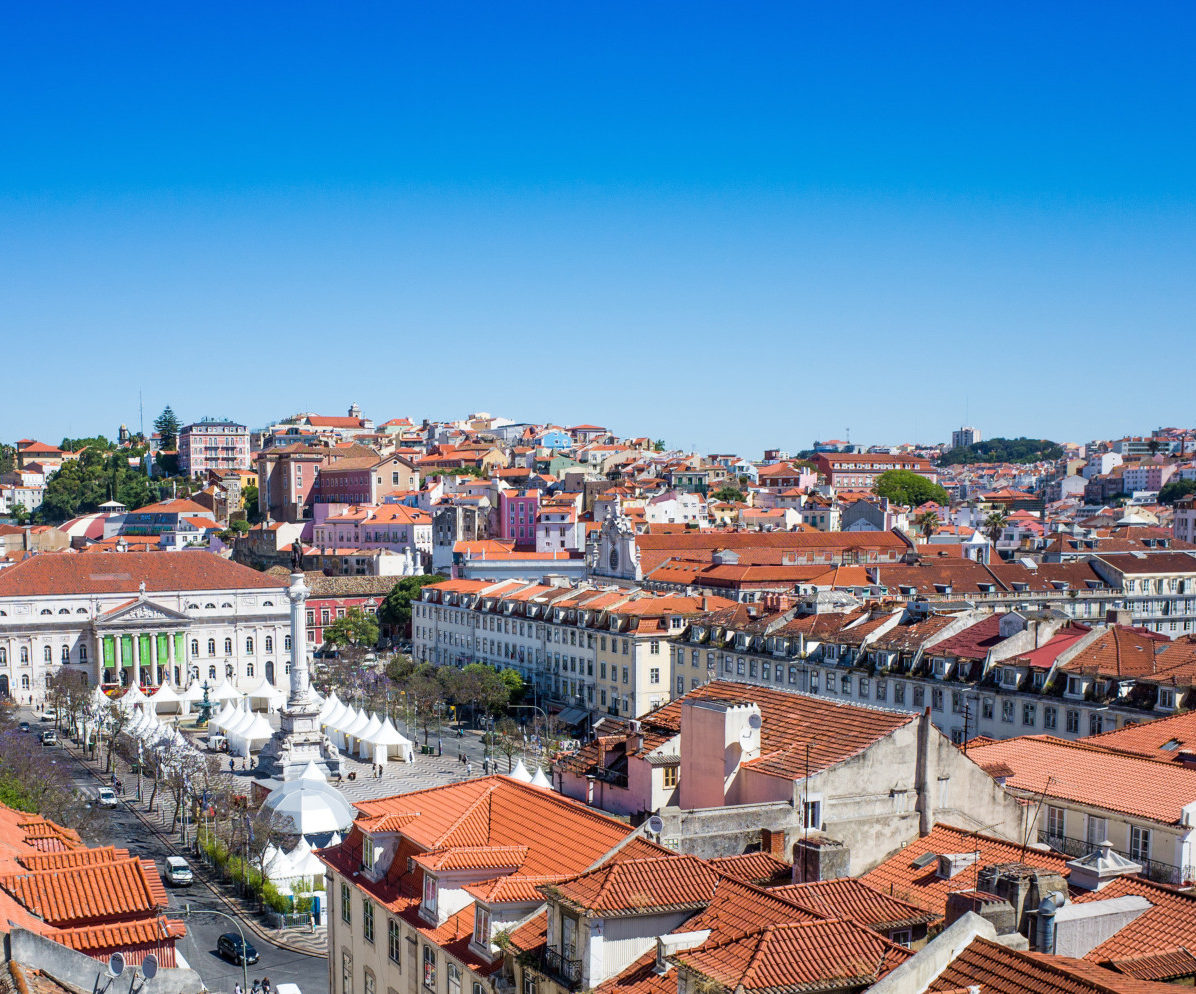
Lisbon
Despite a catastrophic earthquake in 1755 that virtually destroyed the city, Lisbon remains a historical treasure with old neighborhoods and narrow streets laid out in Moorish times. With scenic miradouros—plaza viewpoints looking out over the city—on every hillside, you will be rewarded for walking the steep streets of Lisbon. Visit the National Tile Museum, housed in an old convent, and then notice the prolific use of these ornate ceramic tiles on buildings’ exteriors as you walk around town. From a string of Atlantic beaches to the colorful palaces of Sintra and the walled-city of Óbidos, there is no shortage of amazing sights within easy reach of Lisbon.
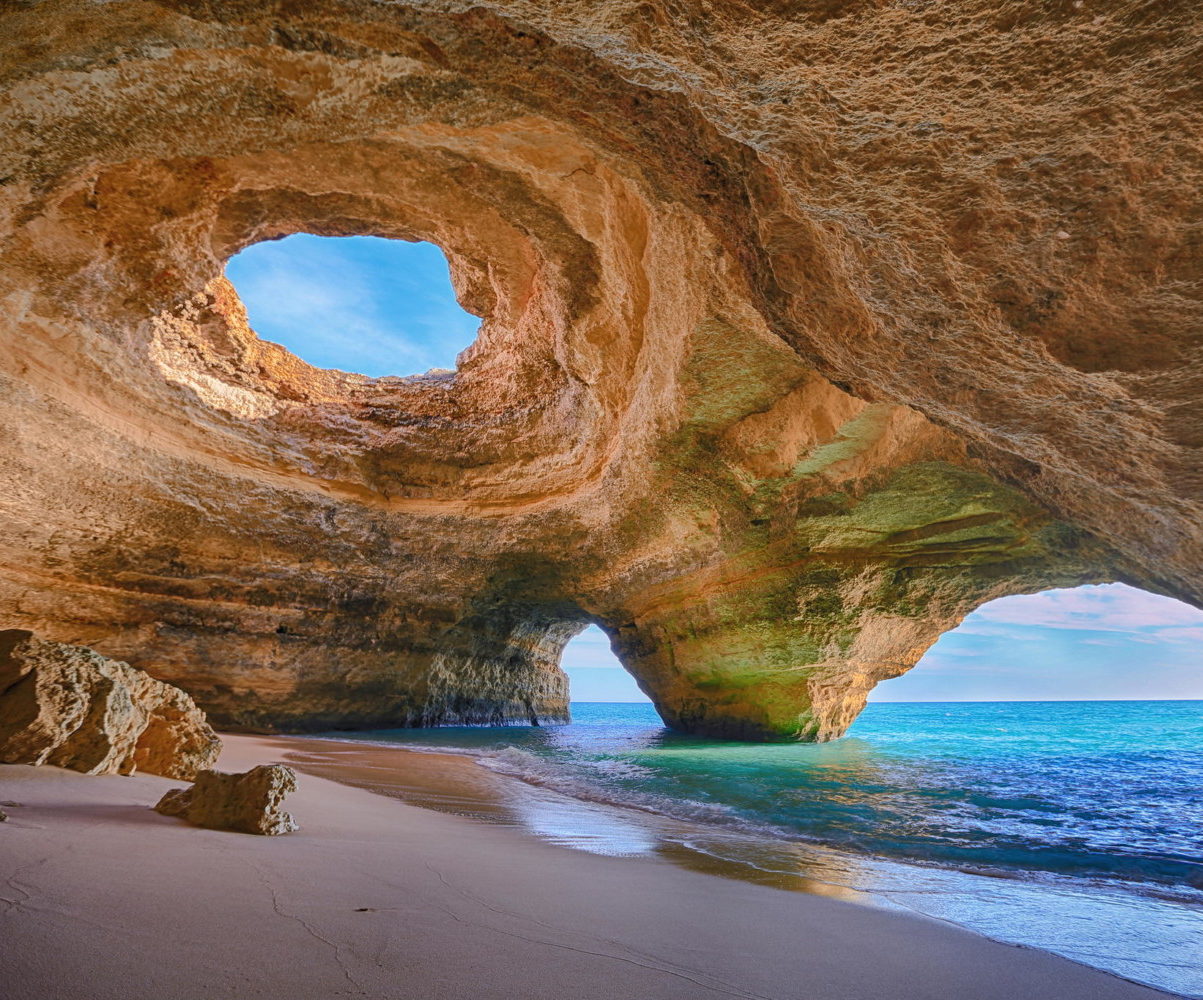
The Algarve
The country’s southernmost region, the Algarve is an alluring blend of rugged cliffs, sandy beach resorts, and colorful ribbons of lagoon estuaries. With bountiful sunshine, picturesque seaside towns, and fabulous cuisine, this region is imbued with an invigorating kind of tranquility. Lagos, whose old town is enclosed by 16th-century walls, has lively nightlife and is filled with a mix of trendy and traditional restaurants. Inland, Silves is known for its orange groves and East ancient sandstone castle. Along the coast to the east, Tavira is packed with renaissance bridges, monuments, and castles.
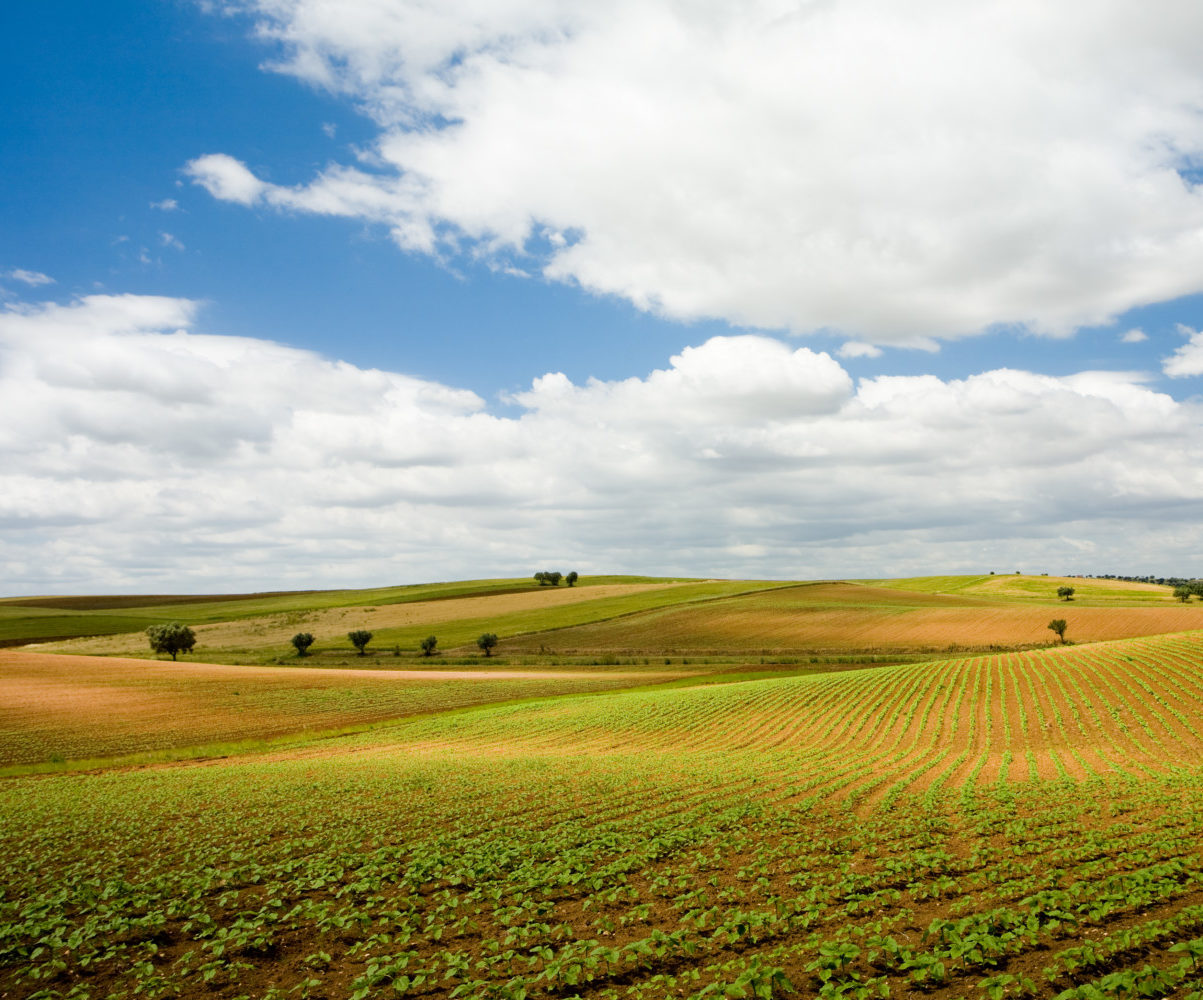
Alentejo Region
Encompassing nearly a third of Portugal, this region spills across sun-kissed golden fields and granite hills to the rugged southwestern coast. Though the true heart of the Alentejo is in its rolling plains and agricultural traditions, Évora is the urban center of the region. A wonderfully preserved medieval town, walking the streets of Évora is a journey through history. Winding streets tangle their way behind 14th-century walls, taking you past Roman columns and medieval churches. Aside from its historical preeminence—there are also neolithic ruins in the surrounding countryside—Évora is a happening university town. With a little planning, what seems like a daunting landscape outside of the cities of the Alentejo can be the most satisfying part of a visit to Portugal. The spectacular beaches of the west coast of the Alentejo require a few steps off the beaten path, but will instantly reward the effort. It’s a slower pace of life across this pastoral landscape but rich with traditional foods and simple joys of sunsets and solitude.
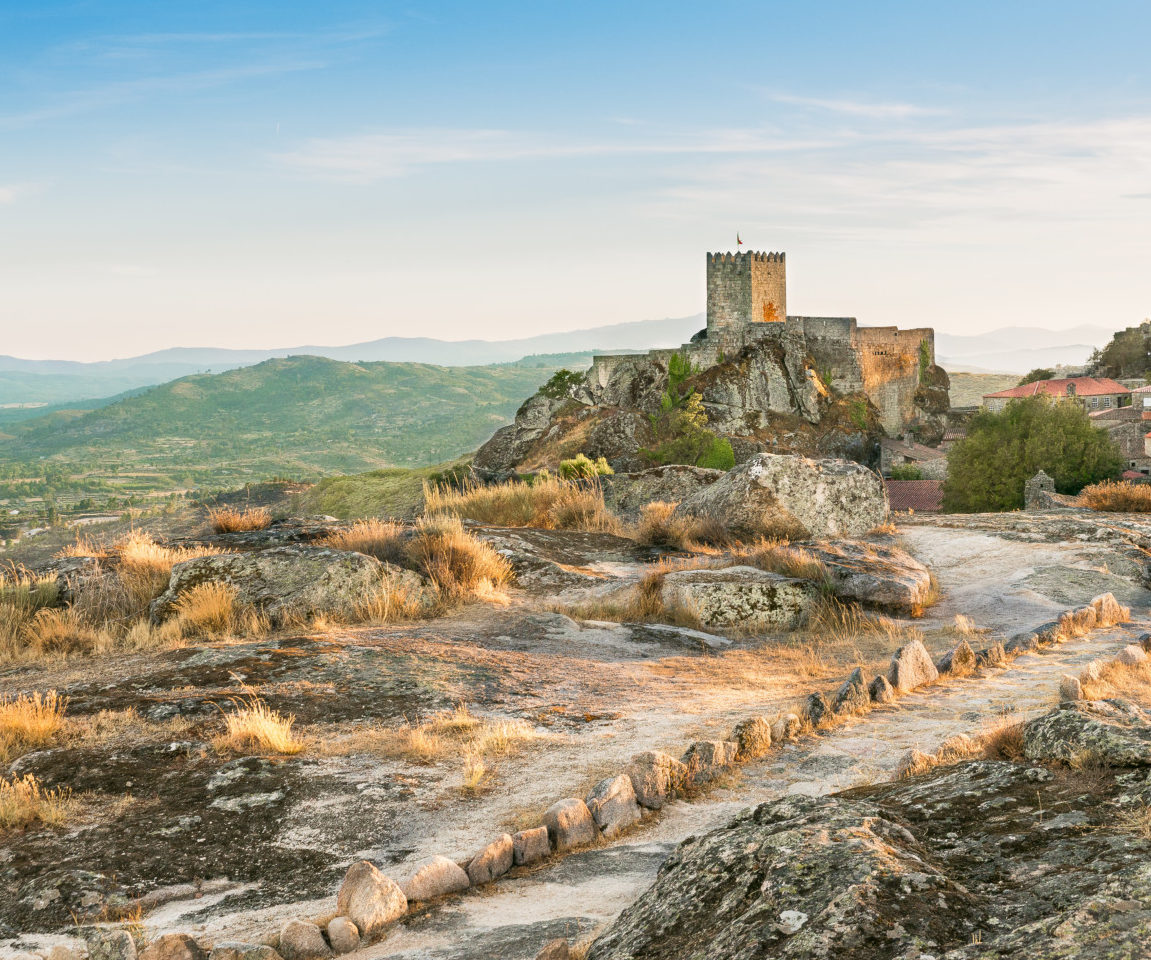
Belmonte
This small town in the central Castelo Branco district of Portugal is known for its Roman historical monuments. Climb up to the Castillo de Belmonte from the old city center for a fantastic view of the surrounding area and breathtaking sunsets. Home to an array of archaeological sites, it is worth studying up on history or taking a guided tour to give you the most rewarding experience in Belmonte. Nearby is the stunning Parque Natural da Serra da Estrela, with mountainous high plateau meadows, frigid lakes, and Portugal’s highest peak, this landscape is refreshingly unique.
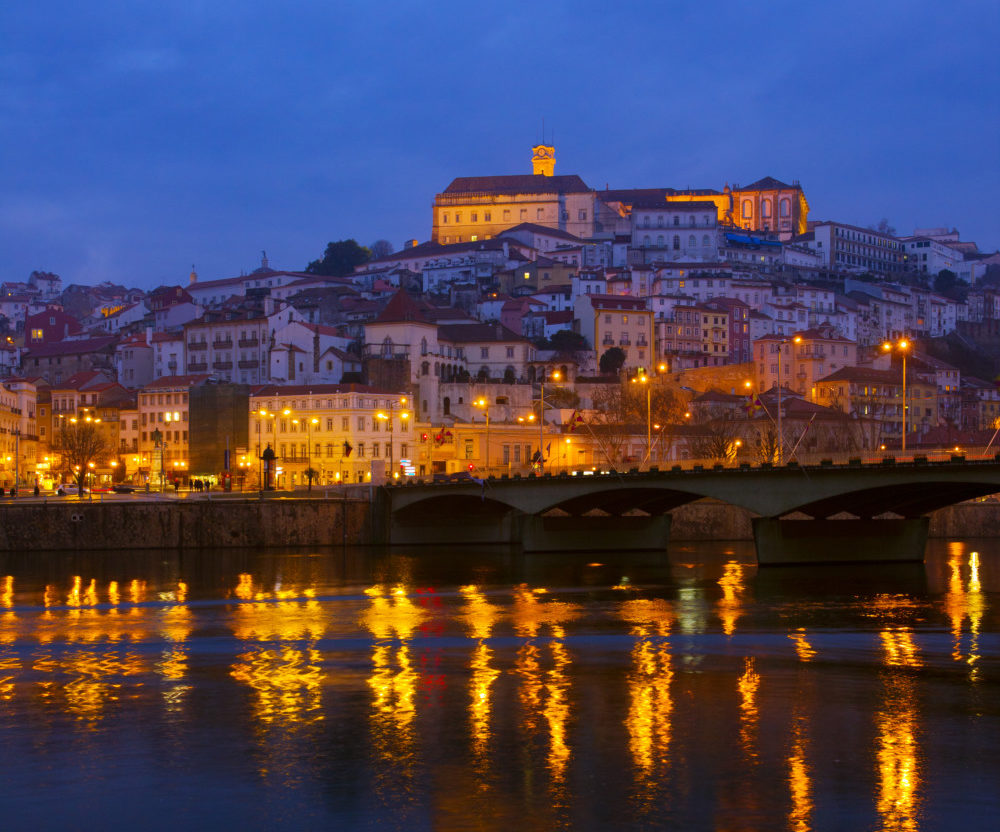
Coimbra
This storied medieval city, perched on the east bank of the Mondego River, is also home to one of Portugal’s oldest and most distinguished universities. Whitewashed stone houses tumble in a patchwork of red-tiled roofs, following zigzagging lanes down a gently sloping hillside. When the University of Coimbra is in session, the city thrums with raucous energy; restaurants and bars burst with students and live music, and give Coimbra a youthful, boisterous vibe. Walk along the more modern waterfront, or navigate a millennium of architecture inside the city’s old stone walls.
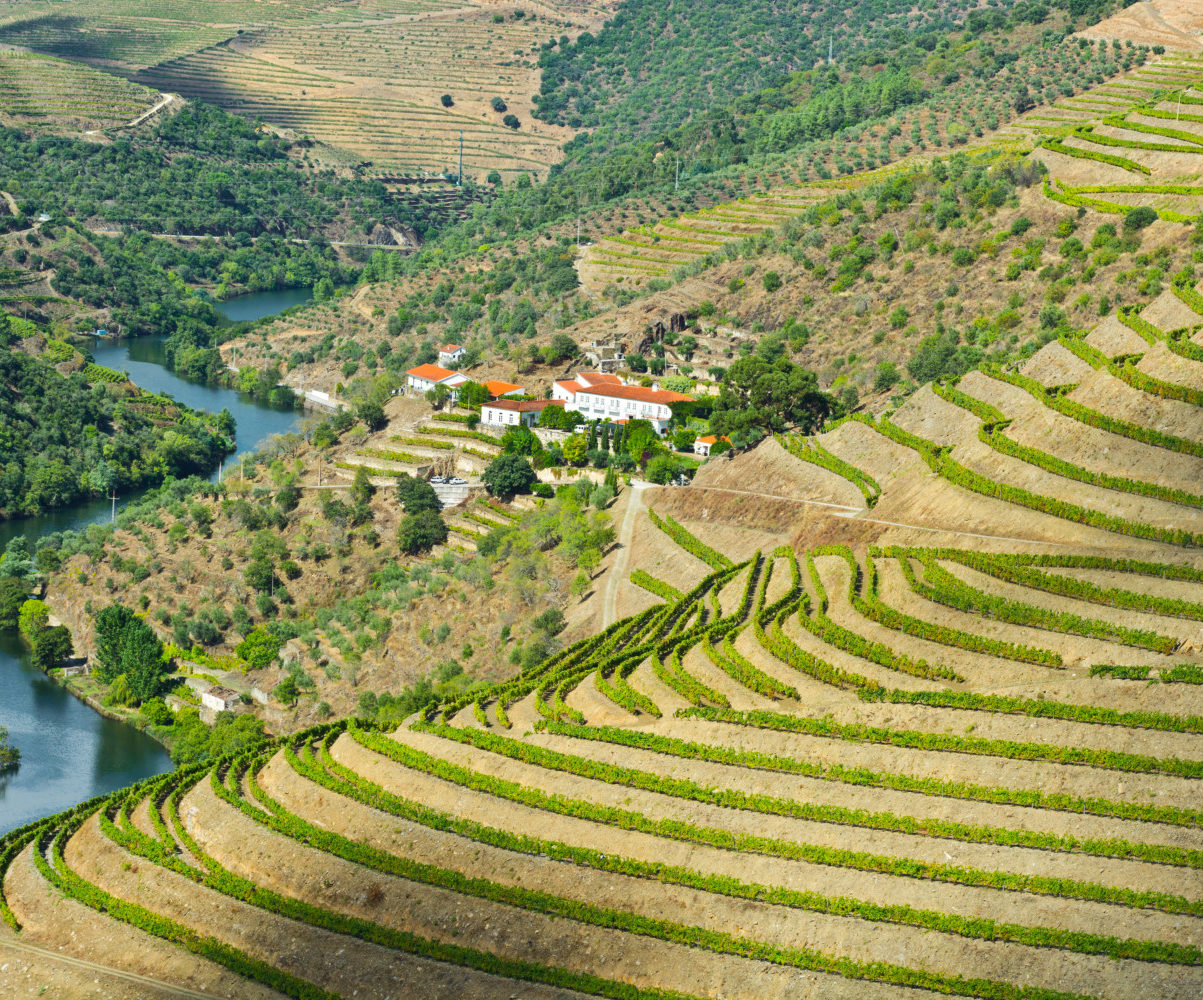
Douro Valley
The birthplace of port wine, the Douro Valley is dominated by twisting canyons with tiered rock terraces, vineyards, and small farms. The whitewashed walls of wineries set in 18th-century estates pop out of the overwhelming green of the lush hillsides. The Douro river cuts across north-central Spain before crossing into Portugal and winding its way down to meet the Atlantic in Porto. A city with a UNESCO listed old town, historical wine cellars, and beautiful riverfront architecture, Porto is the gateway to exploring the Douro Valley.
.
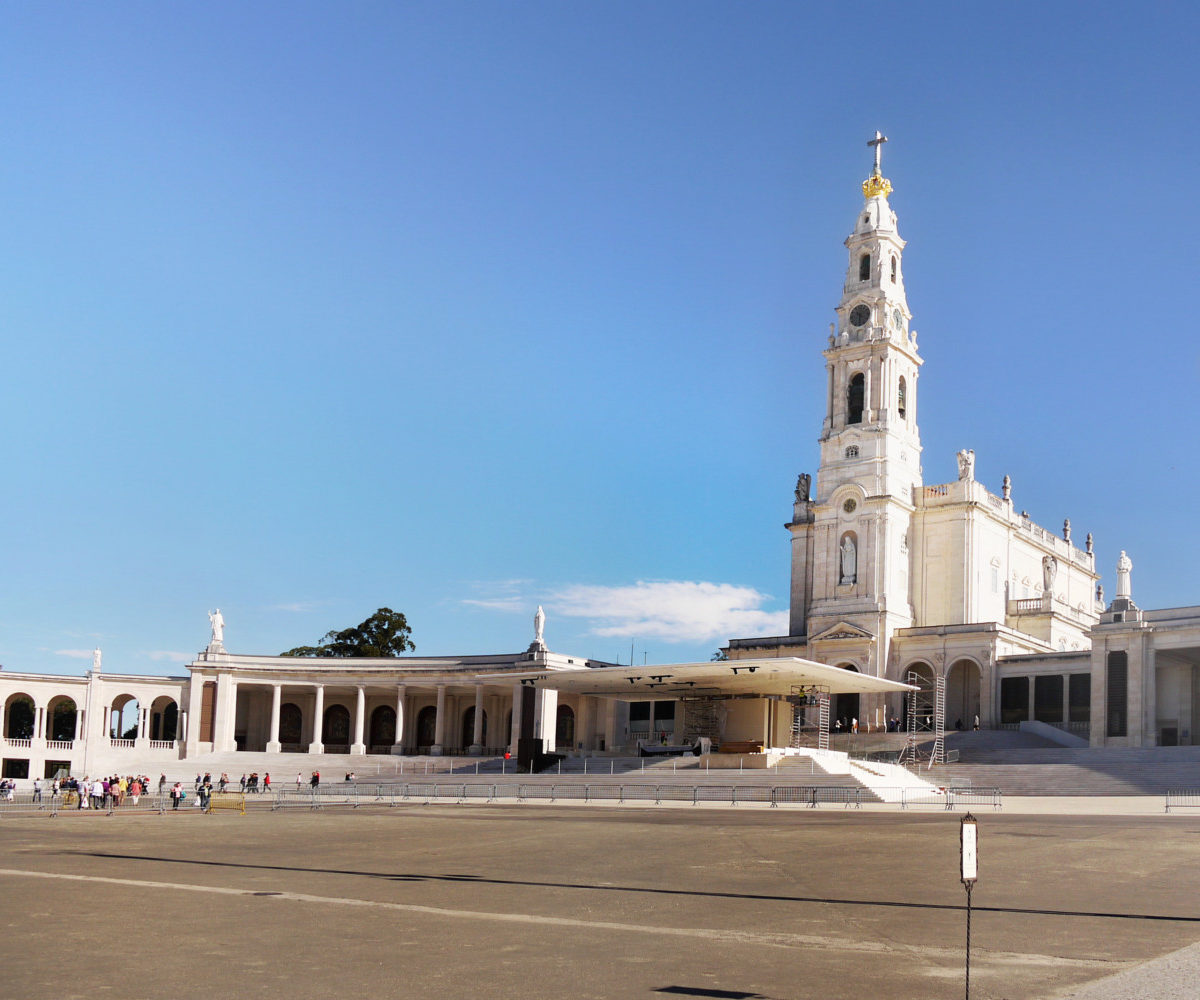
Fátima
A testament to the historic vibrance of Portugal’s Catholic spirituality, Fátima is a town built almost on faith alone. The harsh landscape of this area means that not much grows here, but with reported visits by the Virgin Mary one hundred years ago, pilgrims now flock to visit. Twice a year, in May and October, thousands of faithful converge on the esplanade of the Sanctuary of Our Lady of Fátima. Whether you join a pilgrimage or visit during the quieter times in between, Fátima is a unique window into Portugal’s cultural identity.
.
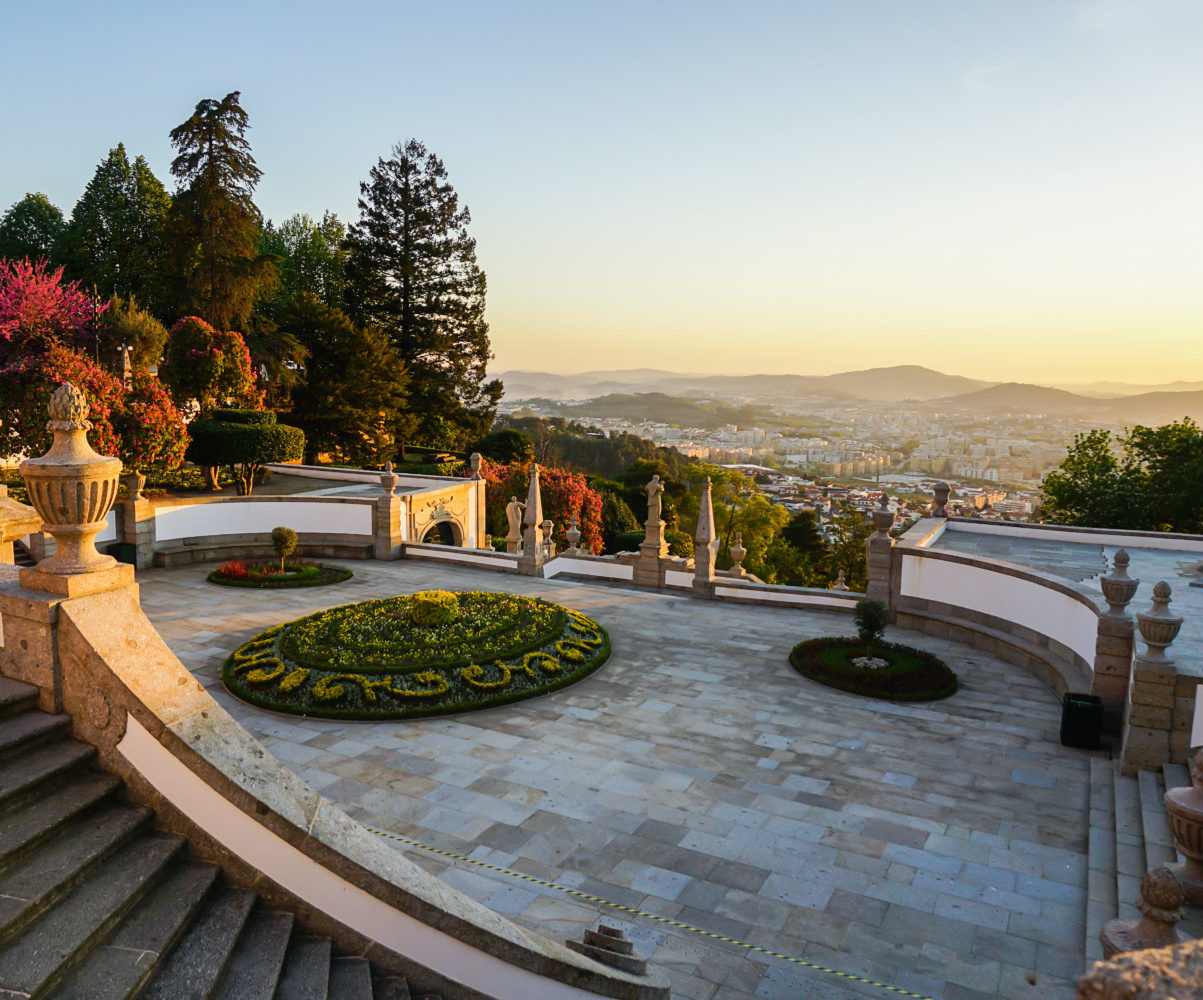
Guimarães and Braga
The birthplace of Alfonso Henriques, the first King of Portugal, Guimarães’ distinguished role in forging the nation stretches back almost 1000 years. Filled with well-preserved medieval architecture, Guimarães’ old center was recognized as a UNESCO World Heritage Site in 2001; it was also crowned as the European Capital of Culture in 2012, which has led to a surge in restoration and tasteful development. Less than 20 miles down the road, filled with plazas, fountains, and churches, Braga’s historical legacy is a harmonious counterpoint to nearby Guimarães. The upscale center of Braga is the perfect place to find boutique shops or a café, bar, or restaurant to suit any mood.
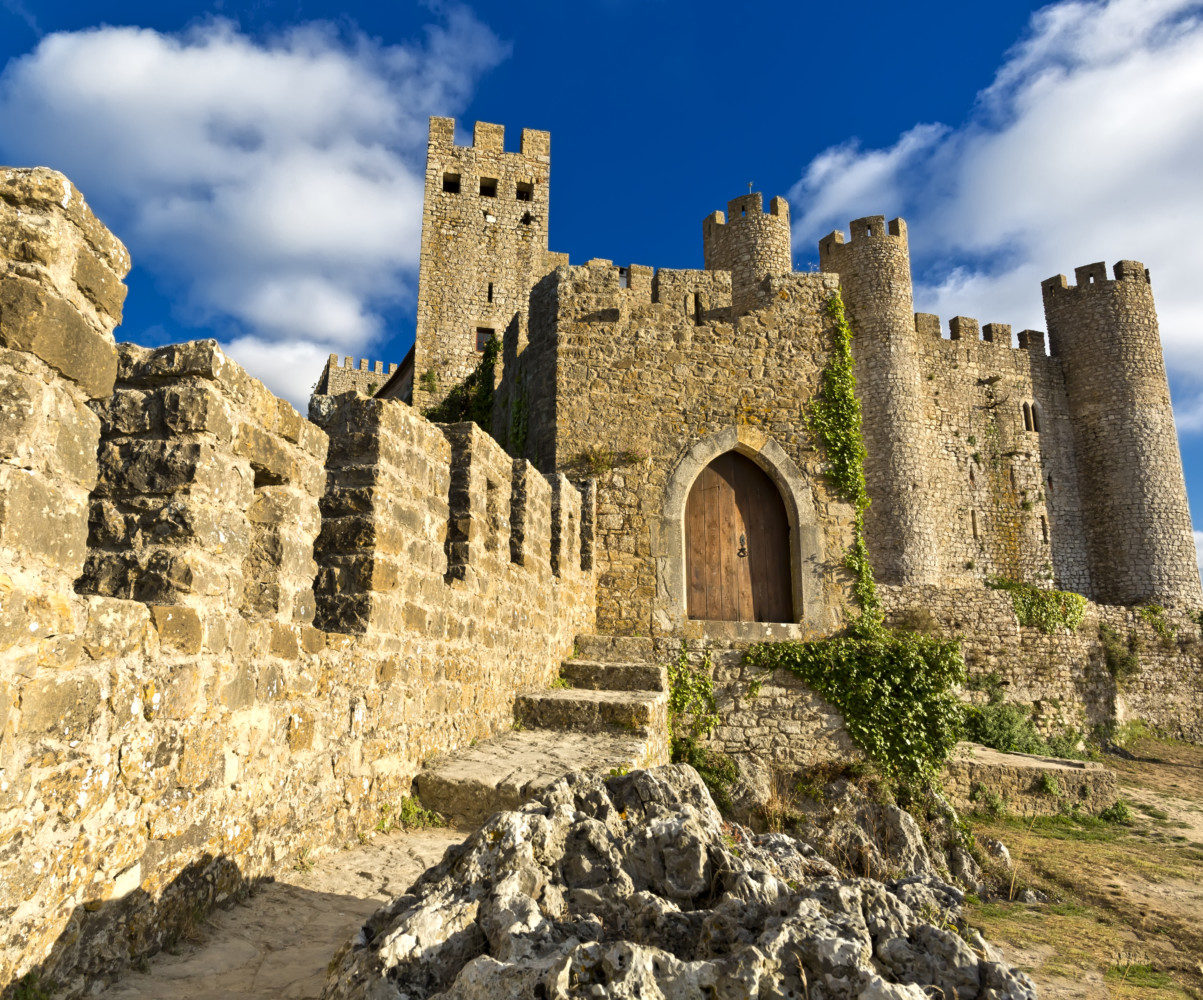
Óbidos
Only 60 miles north of Lisbon, the crenellated castle walls of Óbidos preside over a dramatically different landscape than the bustle of Portugal’s capital city. Set inland, this ancient city rises loftily around the surrounding farms and vineyards that dot the countryside. Appreciated most for its labyrinth of narrow streets and historical architecture, Óbidos has also cast itself as a literary center of themed bookshops and as a home for various festivals throughout the year.
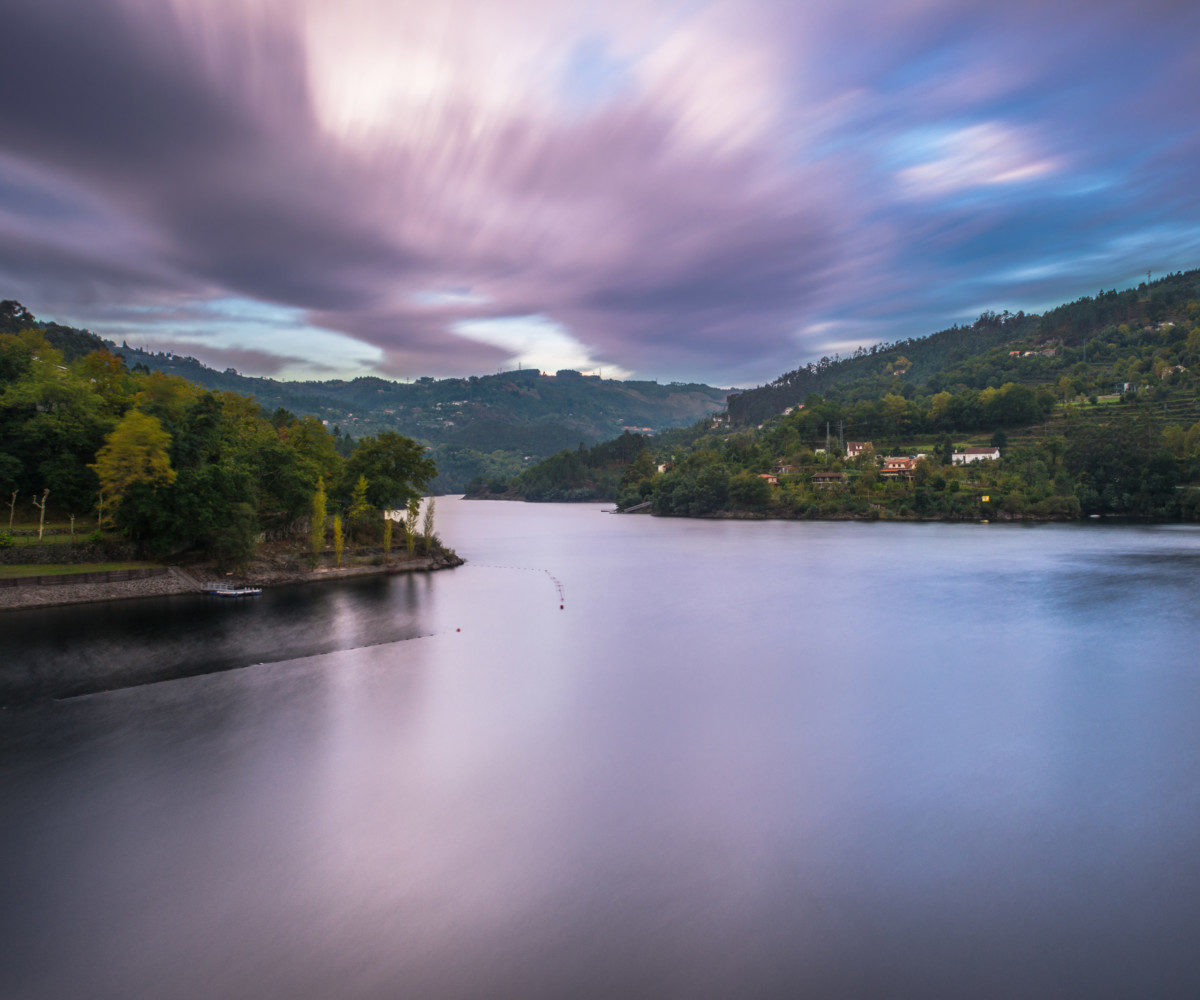
Parque Nacional da Peneda-Gerês
A vast landscape of granite mountains, this region along Portugal’s northwestern border is a blend of the country’s unique ecosystems and pastoral heritage. Oak and pine forests, lush pastures, and dozens of ancient rural hamlets dot the panoramic beauty of Portugal’s first and only national park. From deep valleys to boulder bestrewn peaks, to the Castle of Castro Laboreiro rebuilt by King Alfonso Henriques on Roman foundations, this region is an incredible tapestry of history and arresting nature.
.
